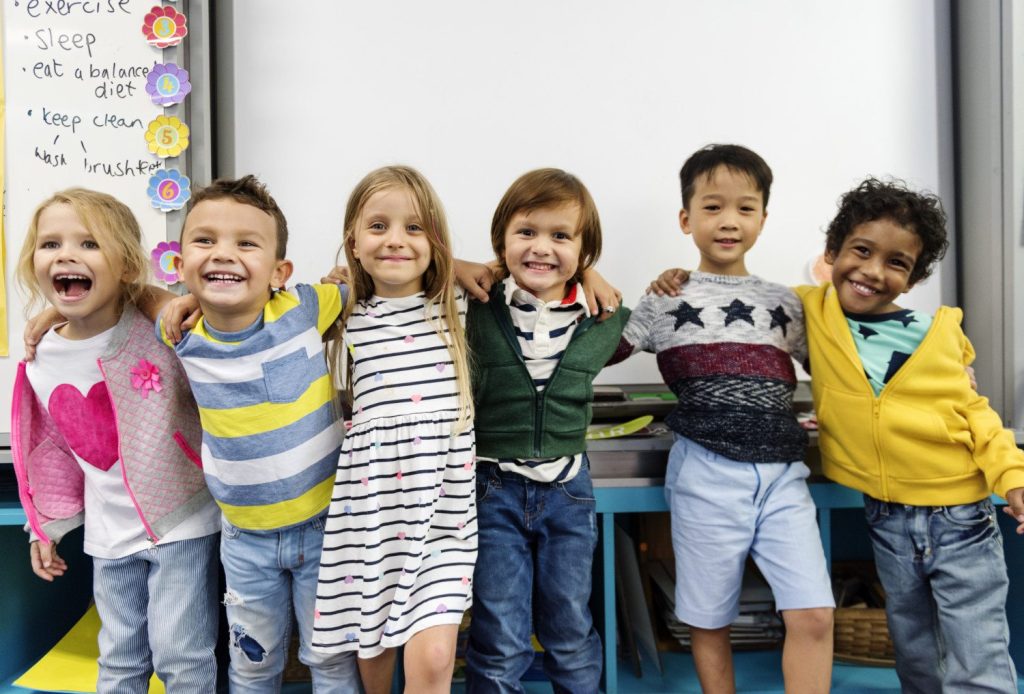Gender
At around age two, children begin to form their own ideas concerning gender. By the time they are three years old, most children know whether they are boys or girls and will begin to form opinions about gender roles (Martin and Ruble 2004). Just as they are learning about differences between colors and shapes at this age, children are also beginning to categorize people. Many three and four-year-olds discuss physical differences between themselves and others, specifically between boys and girls.

Children learn about gender by observing others’ behavior, absorbing societal norms, and processing media and environmental messages. When using shared bathrooms (as most toddlers and preschoolers do), children collect data on what makes a girl different from a boy physically. However, for young children, gender is more about behavior than anatomy (Derman-Sparks and Edwards 2010)
If you send children the message that they are free to try out different roles, they will feel comfortable doing so. This includes having a welcoming attitude about girls doing woodworking or playing with blocks and boys tending to do dolls or playing a mom or a baby in the housekeeping area. Early childhood educators can help children develop a positive sense of both genders by allowing them to experiment with gender roles through play.
